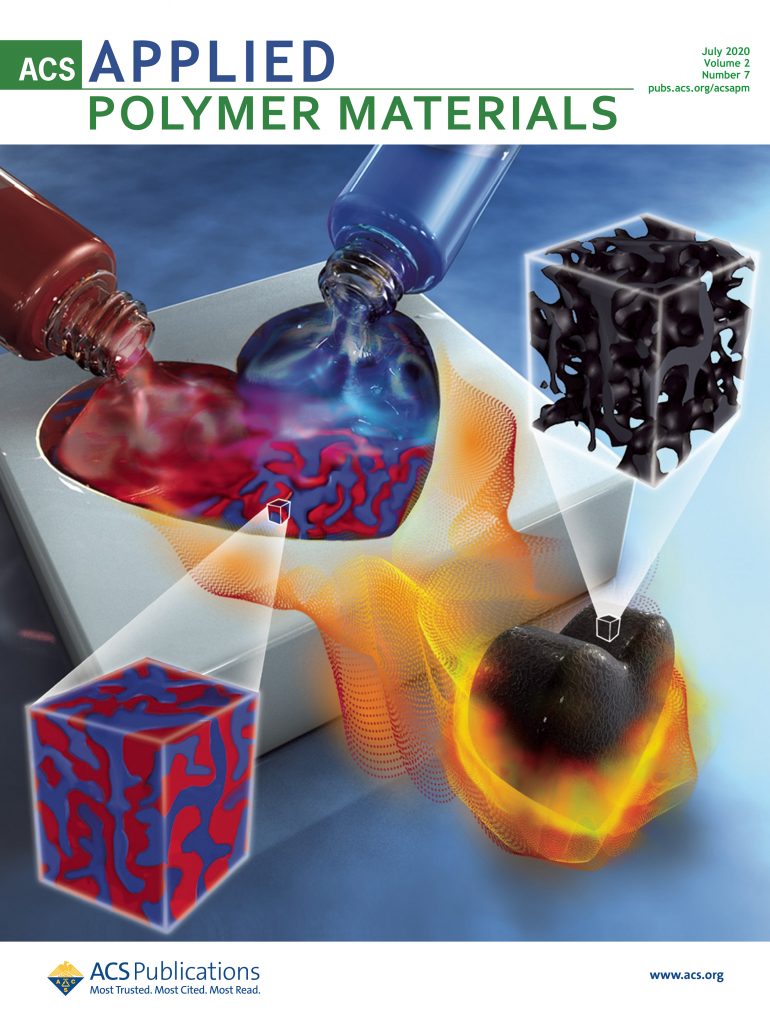A Neural Network Model for Efficient Musculoskeletal-Driven Skin Deformation
IF 4.4
2区 化学
Q2 MATERIALS SCIENCE, MULTIDISCIPLINARY
引用次数: 0
Abstract
We present a comprehensive neural network to model the deformation of human soft tissues including muscle, tendon, fat and skin. Our approach provides kinematic and active correctives to linear blend skinning [Magnenat-Thalmann et al. 1989] that enhance the realism of soft tissue deformation at modest computational cost. Our network accounts for deformations induced by changes in the underlying skeletal joint state as well as the active contractile state of relevant muscles. Training is done to approximate quasistatic equilibria produced from physics-based simulation of hyperelastic soft tissues in close contact. We use a layered approach to equilibrium data generation where deformation of muscle is computed first, followed by an inner skin/fascia layer, and lastly a fat layer between the fascia and outer skin. We show that a simple network model which decouples the dependence on skeletal kinematics and muscle activation state can produce compelling behaviors with modest training data burden. Active contraction of muscles is estimated using inverse dynamics where muscle moment arms are accurately predicted using the neural network to model kinematic musculotendon geometry. Results demonstrate the ability to accurately replicate compelling musculoskeletal and skin deformation behaviors over a representative range of motions, including the effects of added weights in body building motions.高效肌肉骨骼驱动皮肤变形的神经网络模型
我们提出了一种综合神经网络来模拟人体软组织的变形,包括肌肉、肌腱、脂肪和皮肤。我们的方法为线性混合皮肤[Magnenat-Thalmann 等人,1989 年]提供了运动学和主动修正,以适度的计算成本增强了软组织变形的真实性。我们的网络考虑了基本骨骼关节状态变化以及相关肌肉的主动收缩状态引起的变形。训练是为了近似基于物理模拟的密切接触高弹性软组织所产生的准静态平衡。我们采用分层方法生成平衡数据,首先计算肌肉变形,然后是内层皮肤/筋膜层,最后是筋膜和外层皮肤之间的脂肪层。我们展示了一个简单的网络模型,该模型将骨骼运动学和肌肉激活状态的依赖性分离开来,只需少量的训练数据就能产生令人信服的行为。肌肉的主动收缩是通过反动力学来估算的,其中肌肉力矩臂是通过神经网络对肌肉肌腱的运动学几何建模来准确预测的。结果表明,在一系列具有代表性的运动中,包括在健美运动中增加重量的影响,能够准确地复制令人信服的肌肉骨骼和皮肤变形行为。
本文章由计算机程序翻译,如有差异,请以英文原文为准。
求助全文
约1分钟内获得全文
求助全文
来源期刊

ACS Applied Polymer Materials
Multiple-
CiteScore
7.20
自引率
6.00%
发文量
810
期刊介绍:
ACS Applied Polymer Materials is an interdisciplinary journal publishing original research covering all aspects of engineering, chemistry, physics, and biology relevant to applications of polymers.
The journal is devoted to reports of new and original experimental and theoretical research of an applied nature that integrates fundamental knowledge in the areas of materials, engineering, physics, bioscience, polymer science and chemistry into important polymer applications. The journal is specifically interested in work that addresses relationships among structure, processing, morphology, chemistry, properties, and function as well as work that provide insights into mechanisms critical to the performance of the polymer for applications.
 求助内容:
求助内容: 应助结果提醒方式:
应助结果提醒方式:


